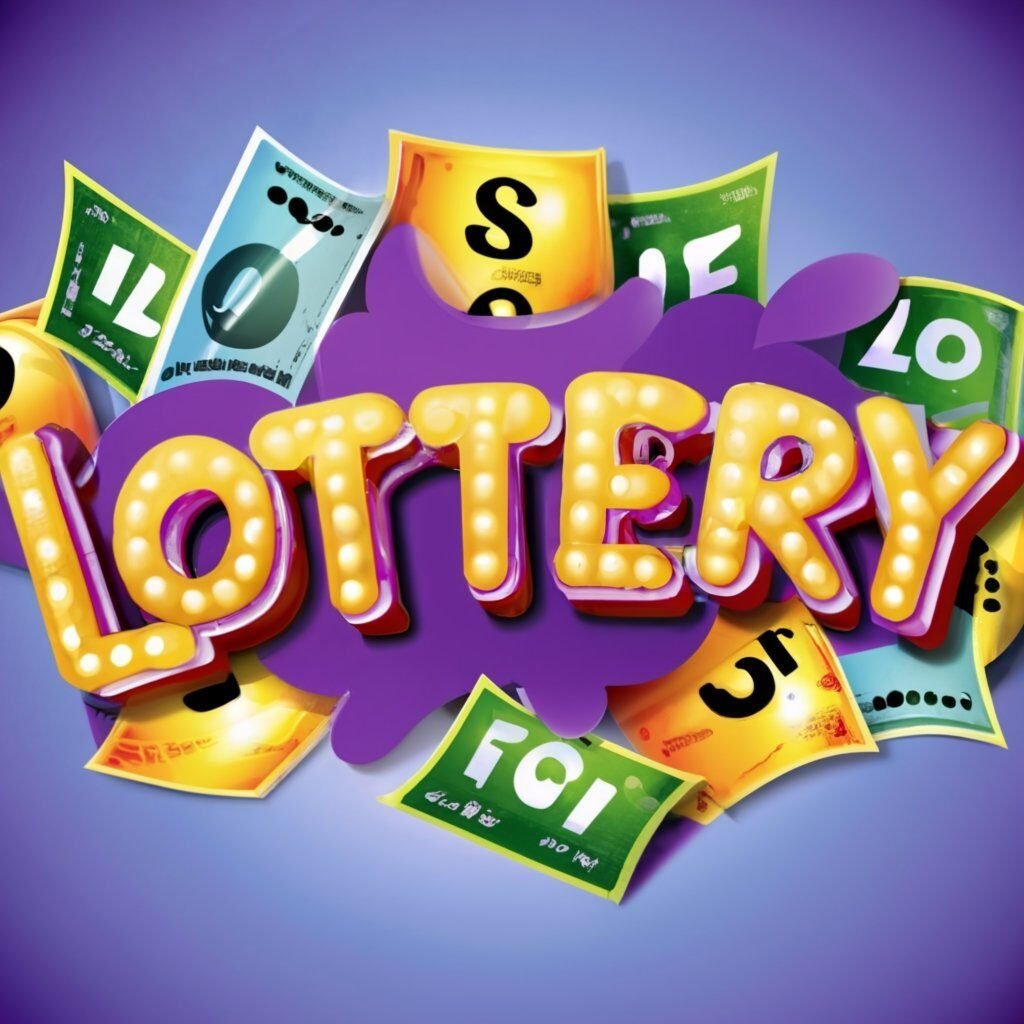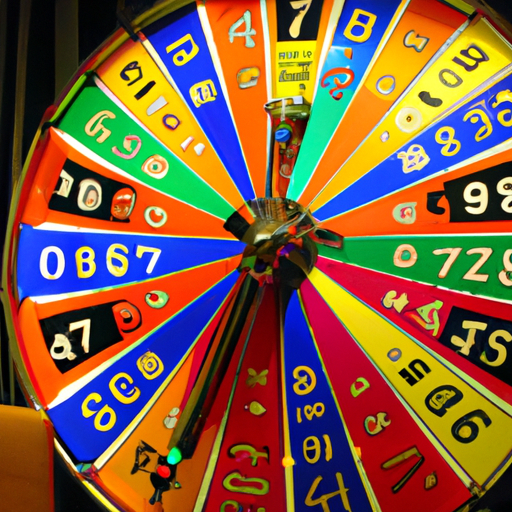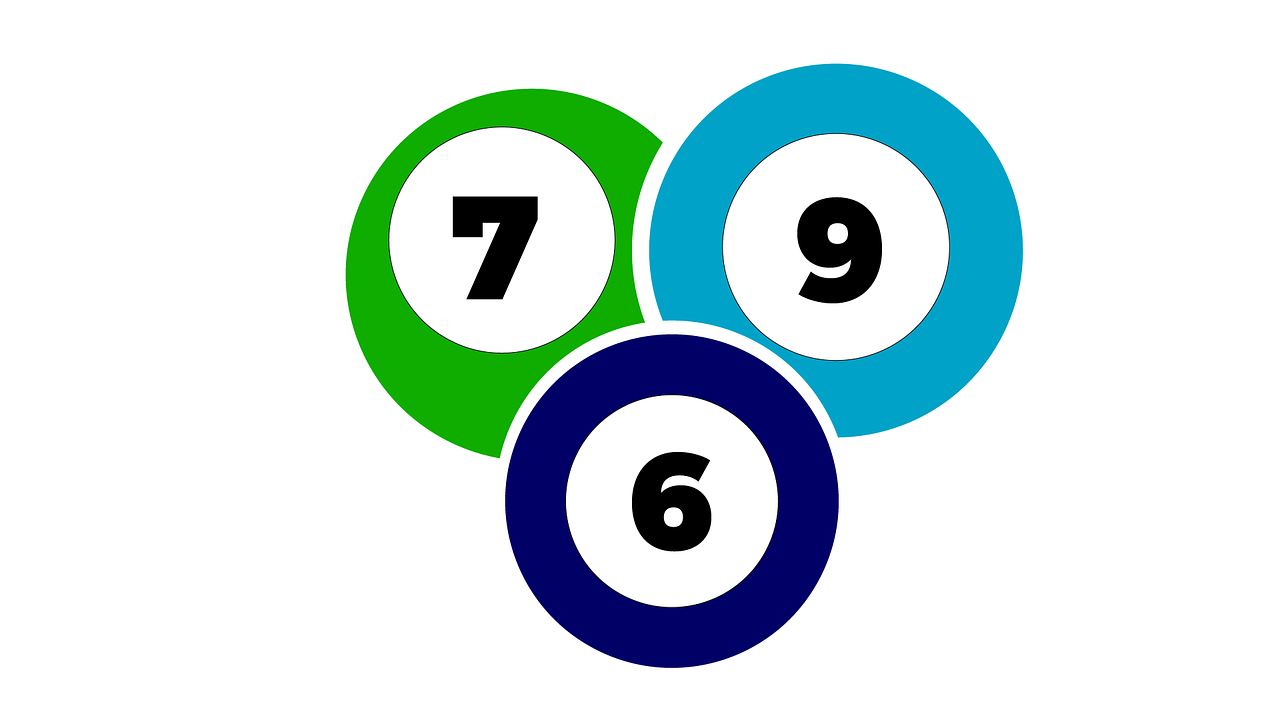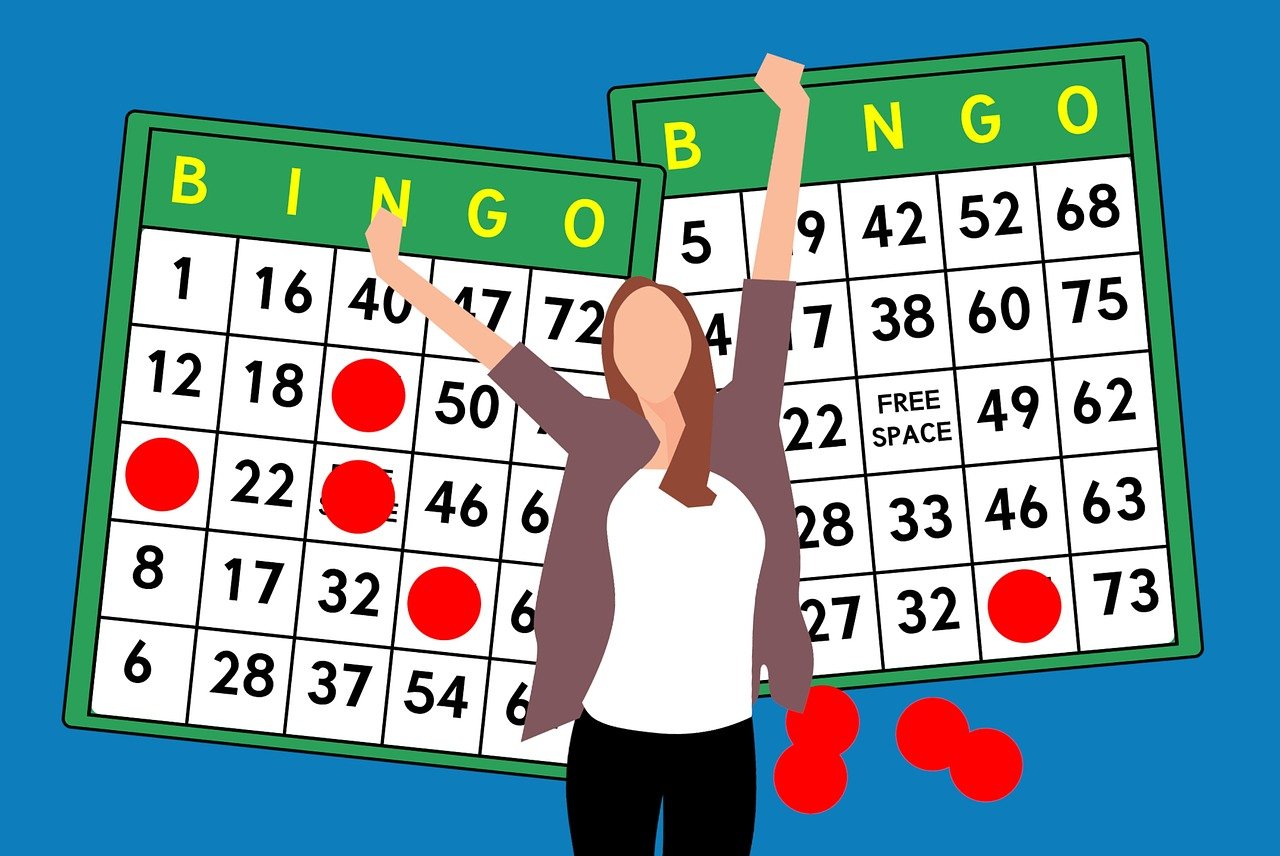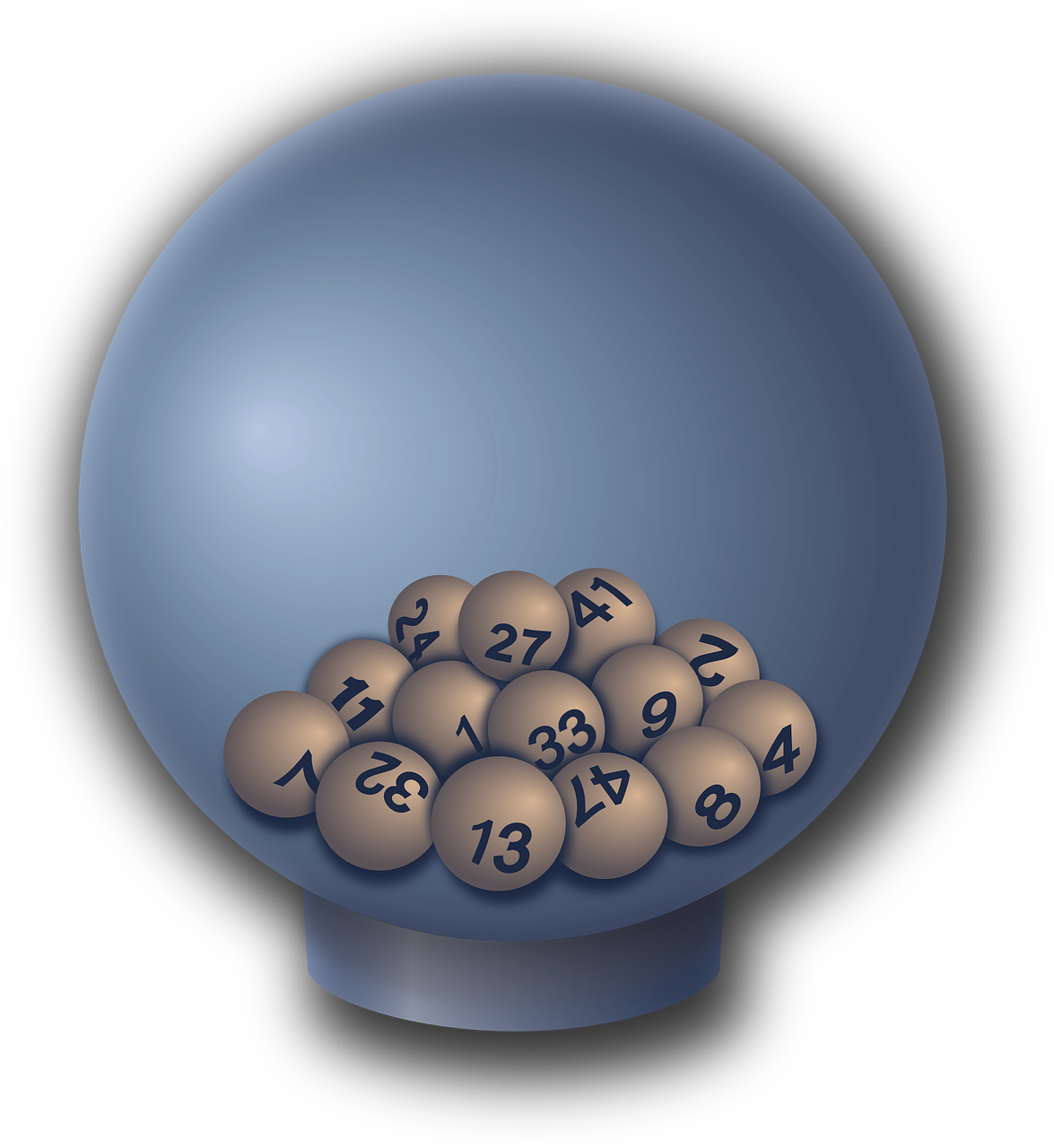Imagine the excitement that fills the air every time the lottery is drawn. When you see those numbers being announced, your heart starts racing with anticipation, wondering if this could be the moment your life changes forever. The thrill of the possibility lingers, as dreams of luxury and financial freedom flood your mind. The moment the lottery is drawn is when hope meets destiny, and the world holds its breath to see whose life will be forever altered.
When Lottery Drawn
The timing of lottery drawings is an important aspect of the lottery process, as it determines when players can discover if they have won a life-changing prize. Whether it’s a weekly, bi-weekly, or monthly drawing, the schedule is carefully determined to ensure excitement and anticipation for participants.
Frequency of Lottery Draws
Lotteries can have varying frequencies of draws, depending on the specific game or jurisdiction. Some lotteries have daily drawings, while others may only occur once a week or on specific days. The frequency is often determined by factors such as ticket sales, popularity, and the size of the prize pool.
Specific Days and Times of Lottery Draws
Lottery draws usually have set days and times to provide consistency and facilitate planning for participants. The specific days and times can vary greatly depending on the lottery organization. Common drawing days include weekdays and weekends, with the timing often scheduled during the evening to ensure maximum viewer participation.
The Lottery Drawing Process
The lottery drawing process is the heart of any lottery game, where random numbers are selected to determine the winning tickets. This section explores the various aspects of the drawing process and highlights the measures taken to ensure fairness and transparency.
Introduction to the Lottery Drawing Process
The lottery drawing process involves randomly selecting numbers that will determine the winning tickets. This process is carefully designed to be fair and unbiased, ensuring equal opportunities for all participants. The lottery organization follows strict protocols to guarantee the integrity of the drawing process.
Use of Random Number Generators
To ensure the utmost randomness and eliminate any possibility of human interference, many lotteries employ random number generators (RNGs) to select the winning numbers. RNGs use complex algorithms and mathematical formulas to generate a sequence of random numbers that are then used to identify the winning tickets. These systems are rigorously tested to ensure their reliability and fairness.
The Role of Auditors
To maintain transparency and instill confidence in the process, lottery organizations often involve independent auditors. These auditors oversee the drawing process, ensuring that all procedures are followed correctly and providing an additional layer of accountability. They are responsible for verifying the integrity of the random number generators and certifying the accuracy of the drawing.
Ensuring Fairness and Transparency
Lotteries place great importance on fairness and transparency in their drawing process. Strict security measures are put in place to prevent any tampering or manipulation. The entire drawing process is conducted in a secure environment, with multiple layers of checks and balances to safeguard against any discrepancies. This commitment to fairness aims to maintain trust and confidence in the lottery system.
Preparing for the Lottery Drawing
Before the actual drawing takes place, several preparations need to be made to ensure a smooth and successful event. This section explores the steps taken to accumulate the prize pool, establish a ticket sales deadline, and promote the upcoming lottery drawing.
Prize Pool Accumulation
The prize pool is an essential component of any lottery draw, as it determines the amount of money or other valuable prizes that will be distributed amongst the winners. Lottery organizations accumulate the prize pool through ticket sales, setting aside a predetermined percentage for prizes. The size of the prize pool often influences the level of excitement and participation among players.
Ticket Sales Deadline
To give players enough time to purchase tickets, lottery organizations establish a ticket sales deadline. This deadline is typically set a few hours before the drawing to allow sufficient time for the processing and verification of ticket sales. It serves as a cutoff point for participants and ensures that no late entries are included in the drawing.
Promotion and Advertising
To generate excitement and attract participants, lotteries invest in extensive promotion and advertising efforts. They use various channels, such as television, radio, print media, and online platforms, to inform the public about the upcoming drawing. This advertising aims to create awareness, encourage ticket sales, and ultimately increase the prize pool.
Location and Method of Drawing
The location and method of conducting the lottery drawing play important roles in ensuring the security and fairness of the process. Lotteries consider factors such as accessibility, integrity, and audience engagement when deciding on these aspects.
Choosing the Drawing Location
Lottery organizations meticulously select the drawing location to create a safe and secure environment for the process. The location is typically a designated area within the lottery headquarters or a neutral venue that offers the necessary infrastructure for conducting the drawing. This careful selection minimizes the potential for external interference or tampering.
Traditional Drawing Methods
Traditional drawing methods involve using physical components, such as balls with numbers, to select the winning numbers. These components are often manually mixed or shuffled to ensure randomness. The lottery drawing team, consisting of officials and auditors, proceeds to draw the numbers from the corresponding containers, creating suspense and excitement for the audience.
Digital Drawing Methods
With the advancement of technology, many lotteries have transitioned to digital drawing methods. These methods utilize computer systems and software to randomly generate winning numbers. Digital drawings offer higher precision and efficiency, eliminating the human error factor associated with traditional drawing methods. The results are quickly displayed, providing an instant outcome for participants.
Security Measures
Ensuring the security of the lottery drawing process is of paramount importance to lottery organizations. To safeguard against fraud or manipulation, comprehensive security measures are implemented to protect the integrity and fairness of the drawing.
Secure Drawing Environment
Lottery organizations create a secure and controlled environment for the drawing process. Access to the drawing location is restricted to authorized personnel only, and strict protocols are followed to prevent unauthorized entry. Surveillance cameras may also be employed to monitor the entire process and maintain transparency.
Certification and Testing
To guarantee the fairness of the drawing, lottery organizations seek certification and testing from independent auditing firms or regulatory bodies. These certifications ensure that the lottery’s drawing process adheres to industry standards and regulatory requirements. Regular testing of the random number generators and drawing equipment further reinforces the integrity of the process.
Guarding Against Fraud
Lotteries are vigilant in protecting the drawing process from fraud. They implement multiple safeguards to prevent any manipulation or tampering. Measures such as numbered seals on drawing equipment, secure transportation of tickets and equipment, and thorough monitoring of the entire drawing process help minimize the risk of fraud and maintain the credibility of the lottery.
Drawing Officials and Witnesses
The individuals involved in conducting the lottery draw have essential responsibilities in ensuring a fair and transparent outcome. This section explores the roles of the lottery officials and the importance of independent witnesses.
Who Conducts the Lottery Draw
The actual lottery drawing is conducted by a team of qualified officials appointed by the lottery organization. These officials receive specific training and follow strict protocols to ensure the fairness and accuracy of the drawing process. They are responsible for overseeing the drawing, verifying the results, and making the announcement of the winning numbers.
Role of Independent Witnesses
Independent witnesses play a crucial role in maintaining transparency and trust in the lottery drawing process. These witnesses are usually individuals from the community, media representatives, or representatives from auditing firms. They observe the drawing process, ensuring that all procedures are followed correctly and providing an unbiased perspective. Their presence acts as a safeguard against potential impropriety or favoritism.
Drawing Mechanics
The drawing mechanics dictate how the lottery drawing unfolds, from the announcement of the draw numbers to the verification process. This section delves into the intricacies of the drawing mechanics and the steps taken to handle any errors or discrepancies that may arise.
Announcing the Draw Numbers
During the lottery drawing, the officials announce the draw numbers as they are randomly selected. In traditional drawing methods, this involves physically drawing numbered balls and displaying them for the audience to see. In digital drawings, the numbers are generated by the computer system and quickly announced. The announcement is often accompanied by suspenseful music or graphics to build excitement.
Verification Process
After the draw numbers are announced, a thorough verification process takes place to ensure accuracy and fairness. The lottery officials cross-check the announced numbers against the sequence of drawn numbers to confirm the legitimacy of the result. This verification process is meticulously conducted, involving multiple layers of scrutiny to minimize the risk of errors or discrepancies.
Handling Errors or Discrepancies
In the rare case of errors or discrepancies during the drawing process, lottery organizations have established contingency plans to address them. Procedures are in place to rectify any mistakes promptly and transparently. Measures such as rerunning the drawing or conducting an independent investigation may be taken, depending on the severity of the error. These protocols aim to maintain the integrity of the lottery and provide a fair outcome for all participants.
Live Drawing Events
Many lottery organizations host live drawing events to engage and connect with the audience. Broadcasting the drawing and involving hosts and presenters enhances the excitement and creates a memorable experience for participants.
Broadcasting the Drawing
To reach a wide audience, lotteries often broadcast the drawing live on television or through online streaming platforms. This allows people from different locations to witness the drawing process in real-time, increasing their engagement and anticipation. Live broadcasting ensures transparency and eliminates any doubts about the integrity of the drawing.
Hosts and Presenters
Live drawing events are often hosted by charismatic personalities who engage with the audience, provide insights into the lottery, and build excitement throughout the process. Presenters share information about the game, interview winners, and create an enjoyable and entertaining atmosphere for viewers. Their role is crucial in keeping the audience engaged and ensuring a memorable experience.
Engaging the Audience
During live drawings, lotteries actively engage with the audience through interactive features and social media platforms. Participants may be encouraged to submit questions or comments, which are then addressed by the hosts or presenters. Engaging the audience enhances the overall experience, allows for a sense of community, and encourages participation in future lottery events.
Publicizing the Results
Once the lottery drawing concludes, publicizing the results is crucial to inform participants and the wider public about the winning numbers and the overall outcome of the drawing.
Listing the Winning Numbers
Lotteries promptly publish the winning numbers across various platforms. The numbers may be displayed on the lottery’s website, shared through social media channels, or published in official newspapers. Listing the winning numbers allows participants to check their tickets and determine if they have won any prizes. It generates buzz and excitement within the community, showcasing the tangible results of the drawing.
Online Results Platforms
In today’s digital age, online results platforms have become a popular and convenient way for participants to access the lottery results. Lotteries provide dedicated websites or mobile applications where individuals can enter their ticket numbers and instantly find out if they are winners. These online platforms offer convenience, speed, and accessibility, enabling participants to access the results from the comfort of their homes.
Media Coverage
Winning numbers and lottery results often receive substantial media coverage, especially when significant prizes are involved. Newspapers, television stations, and online news outlets report on the outcome of the lottery drawing, showcasing winners, sharing stories, and creating a buzz within the community. This media coverage further amplifies the excitement surrounding the lottery and keeps the public informed about the outcome.
In conclusion, the process of when a lottery is drawn involves careful consideration of the frequency, specific days and times, as well as thorough preparations to accumulate the prize pool, establish deadlines, and promote the drawing. The location and method of the drawing, along with robust security measures, ensure fairness and transparency throughout the process. Drawing officials and independent witnesses play vital roles in overseeing the drawing mechanics, and live drawing events engage the audience and enhance the overall experience. Finally, publicizing the results through various channels ensures that participants and the wider public are promptly informed about the outcome of the lottery drawing.
